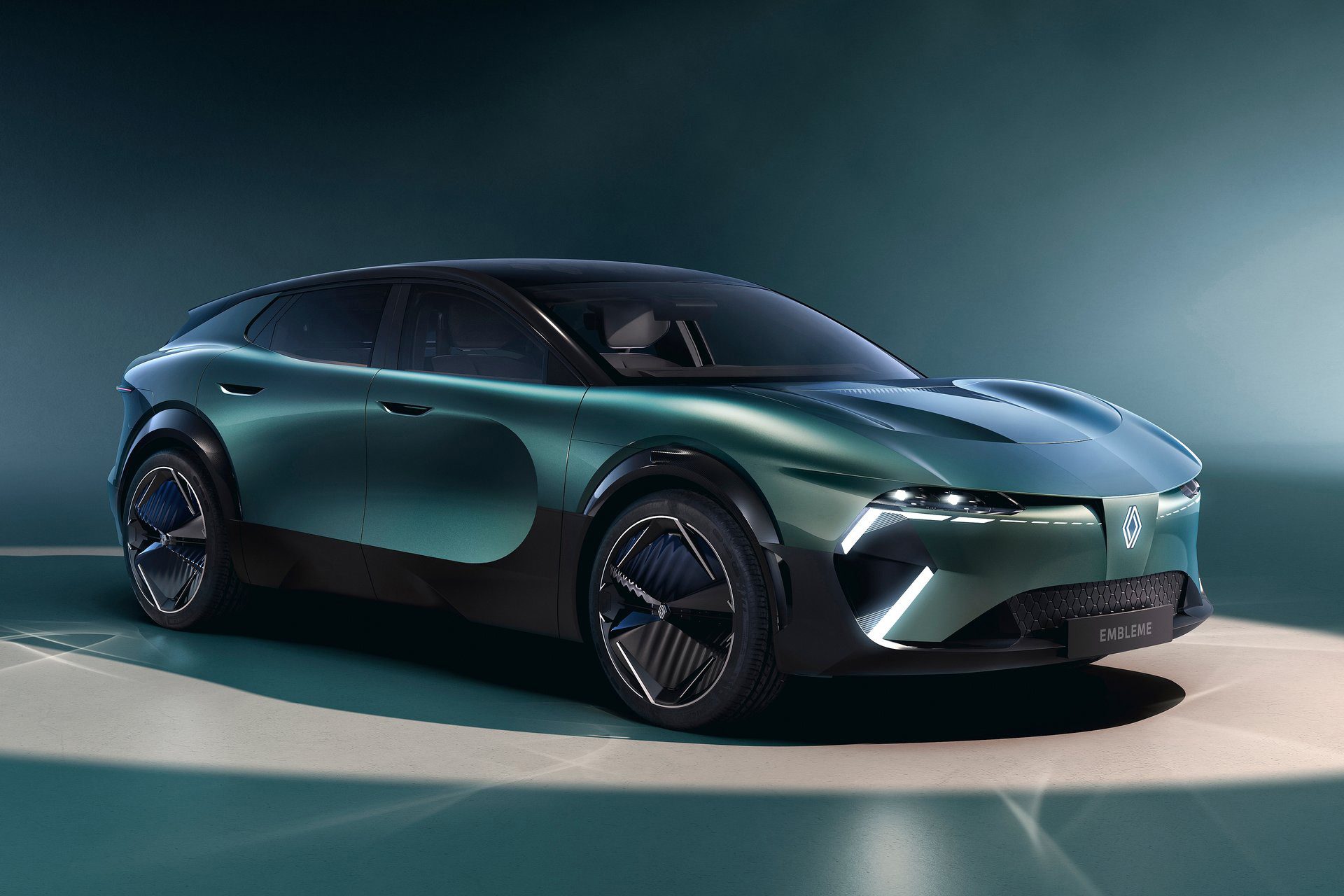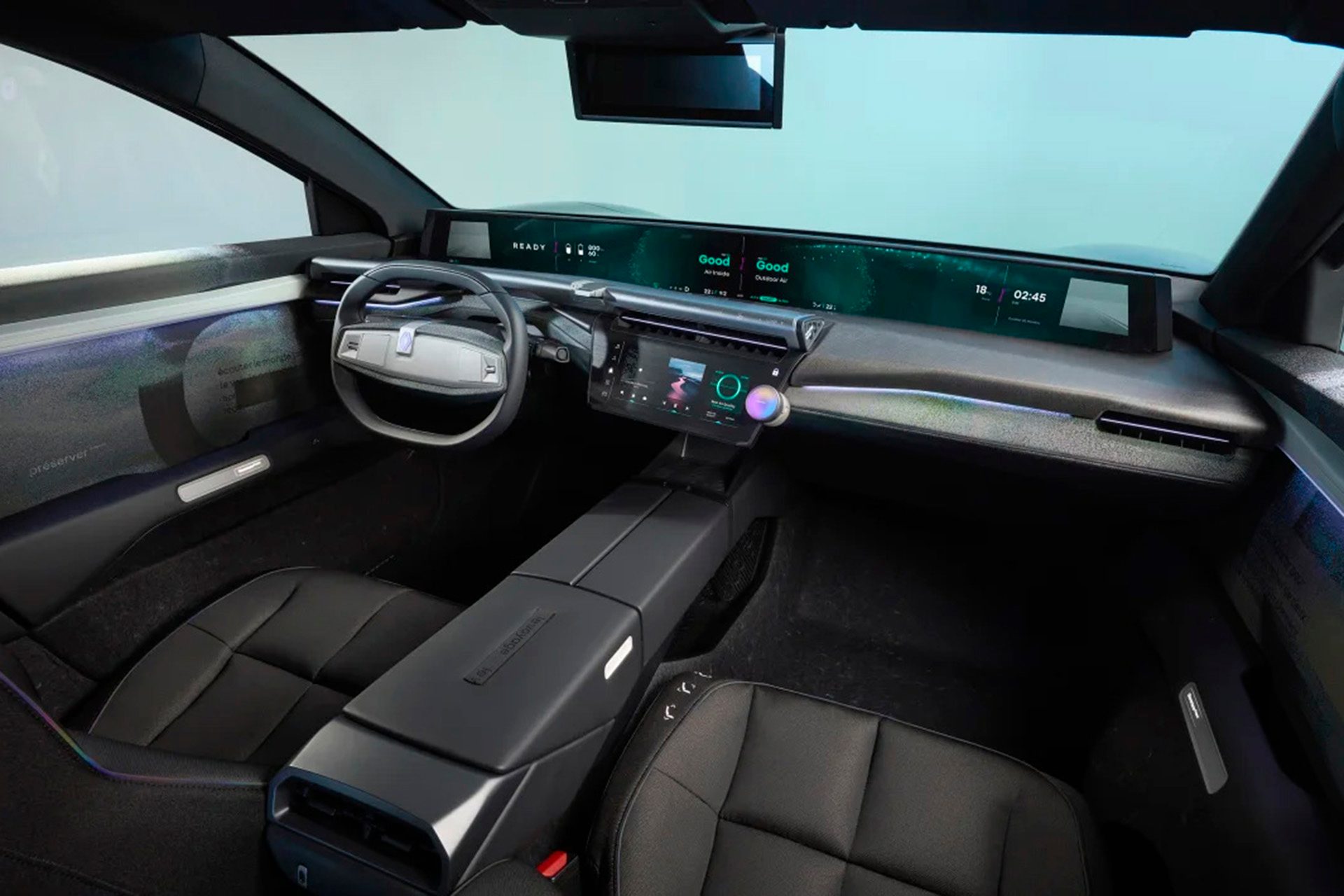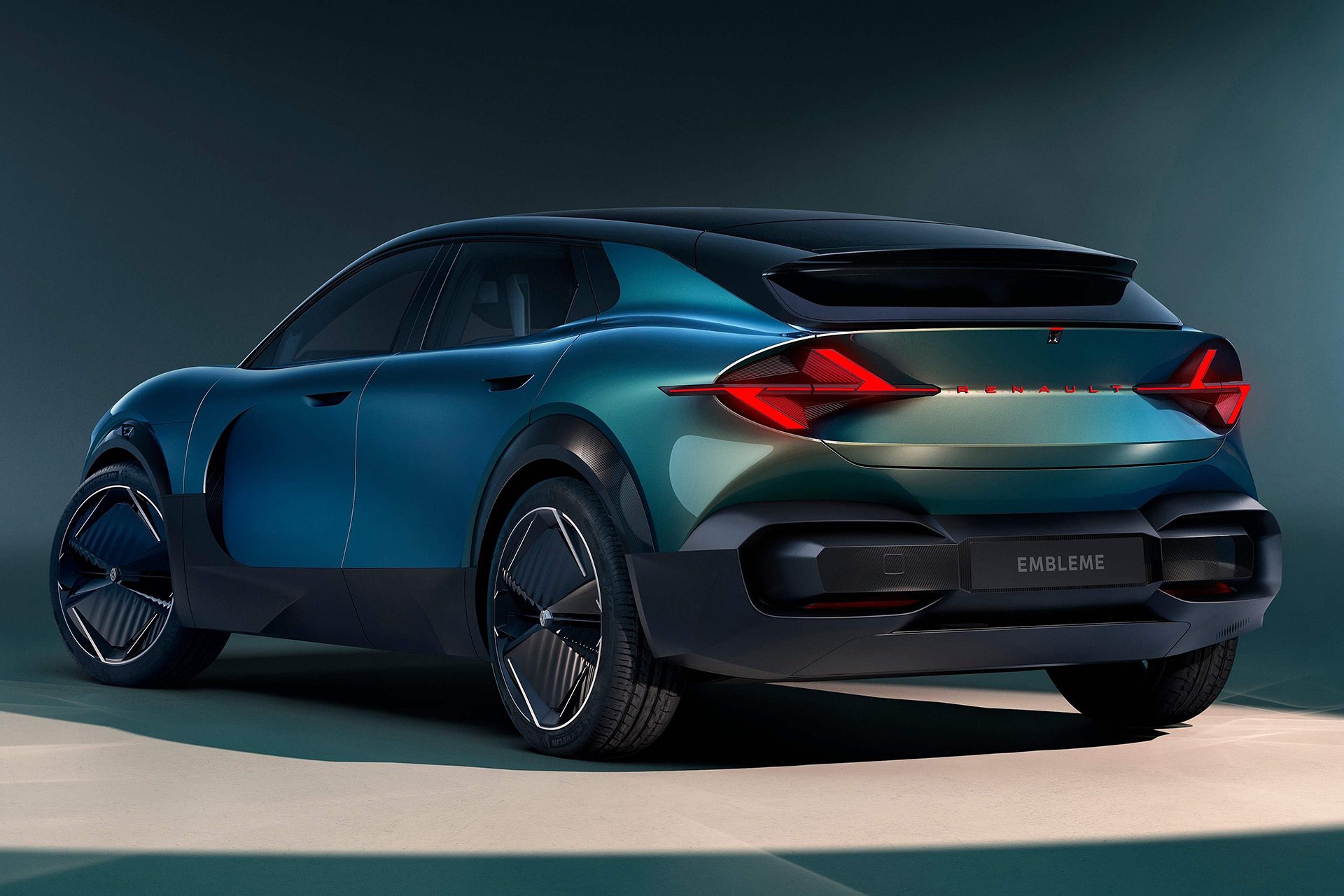Design boss Gilles Vidal reveals “breakthrough solutions” are coming to future models, making cars easier and safer to operate.
Renault is rethinking its approach to interior design for future electric cars, due in 2028. It wants to improve usability for customers while also embracing advanced new technologies.
“We are going to bring breakthrough solutions on…the cockpit and user interaction” said Vidal, detailing interior components from the Emblème concept.

The show car’s cabin marks a significant advance on the firm’s existing interiors, focusing on digitisation and touch controllability, improved ergonomics and prioritisation of driver safety.
The concept features a wraparound display that includes three separate screens and spans the entire dashboard width.
While futuristic, Renault will buck the trend towards all-out digitisation by ensuring that future models still have buttons and switches for the critical controls.

“We want to find this balance between physical interactions and screen interactions. With more and more features and functions inside cars, our responsibility is to make this super-intuitive.”
Renault will offer a mix of physical and digital controls. Expect volume controls and haptic buttons for infotainment. Its interiors will be functional and up-to-date, while minimising distractions.
“The ease of use is the main thing,” said Vidal.

Next-gen Renault cockpits will strike a balance between visibility and reachability. Display screens will sit ahead of the touch panel, to avoid unnecessary distractions. “If you have a display screen further away, the touchscreen can be a bit closer, so your sight doesn’t leave the road for too long”.
Sound systems will play a bigger role in Renault interiors too. Electronica legend Jean-Michel Jarre will continue to develop sound effects for Renault. Speaker designs will take pride of place instead of being hidden, said Vidal. The volume knob will be like that from a high-end audio system.
AI will enhance voice control. Users will find it easier to have the assistant activate key functions.
Eradicating needless tapping is a top priority. “On average, most cars have three, sometimes four levels of delving to the functions,” said Vidal. “Here it is almost zero.” Renault claims most functions can be adjusted without using sub-menus.
Information will be displayed on each of three screens. ‘Widgets’ can be swiped from the central touchscreen onto any of the three dashboard display screens with one movement.


